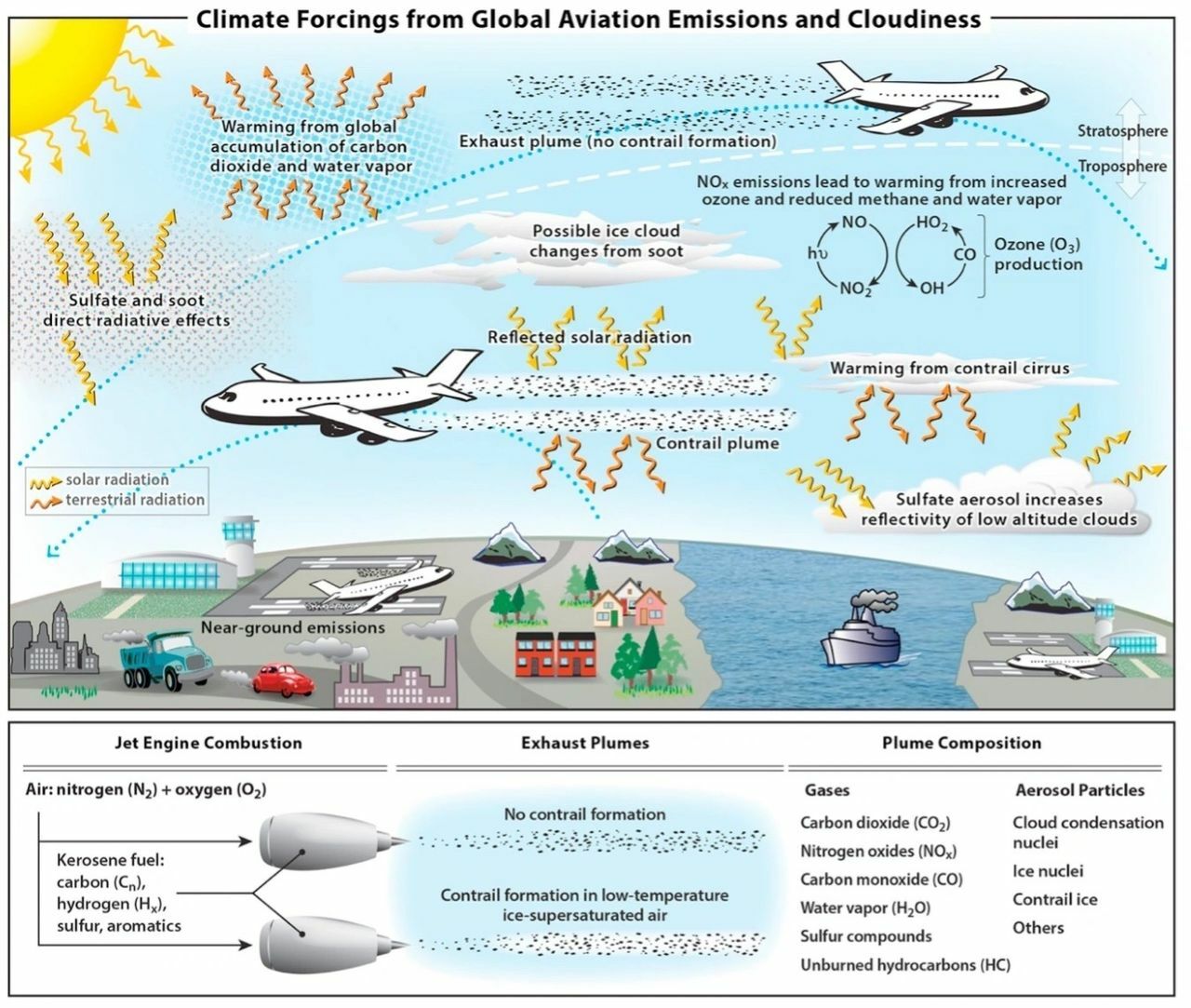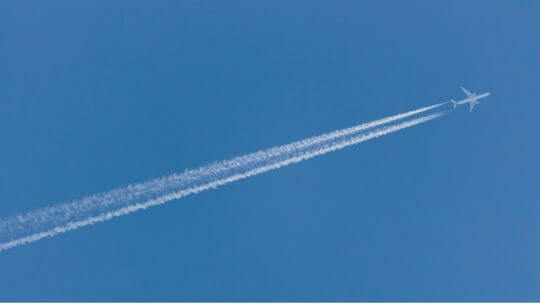Author: Ismayil Aliyev – AvantGarde Group
Being the most carbon-intensive mode of transport, air travel demonstrated a consistent upward trend until COVID-19. Global aviation is responsible for almost 2% of greenhouse gas (GHG) emissions, 2.5% of CO2emissions, and for 3.5% of global warming. Also, aviation is one of the sectors that are hard-to-decarbonise due to technical and economic limitations of this industry. The cost of feedstock and overall economic viability of sustainable aviation fuels is still an issue, which hinders its scale-up and widespread adoption. On the other hand, according to World Bank, electrification or switching to hydrogen present technical barriers, especially in the case of long-haul flights with large aircrafts.
GHG Protocol’s Corporate Standard requires companies to disclose their emissions from air travel under Scope 3. Calculating these emissions and converting information about flight itineraries to tonnes of CO2e, however, is not a straightforward process.
When CO2 emissions are released at high altitudes, their contribution to global warming becomes higher. Termed as “non-CO2 effects”, they are due to the complex nature of processes and chemical transformations happening at high levels of atmosphere (see Figure below), including:
Being the most carbon-intensive mode of transport, air travel demonstrated a consistent upward trend until COVID-19. Global aviation is responsible for almost 2% of greenhouse gas (GHG) emissions, 2.5% of CO2emissions, and for 3.5% of global warming. Also, aviation is one of the sectors that are hard-to-decarbonise due to technical and economic limitations of this industry. The cost of feedstock and overall economic viability of sustainable aviation fuels is still an issue, which hinders its scale-up and widespread adoption. On the other hand, according to World Bank, electrification or switching to hydrogen present technical barriers, especially in the case of long-haul flights with large aircrafts.
GHG Protocol’s Corporate Standard requires companies to disclose their emissions from air travel under Scope 3. Calculating these emissions and converting information about flight itineraries to tonnes of CO2e, however, is not a straightforward process.
When CO2 emissions are released at high altitudes, their contribution to global warming becomes higher. Termed as “non-CO2 effects”, they are due to the complex nature of processes and chemical transformations happening at high levels of atmosphere (see Figure below), including:
- Aircrafts release non-CO2 gases such as nitrogen oxides (NOx), sulphur, soot, water
- These emissions lead to aerosol formation, changes in chemical composition of air and cloud formation
- These clouds lead to trapping of heat released by the Earth, as well as absorbing solar radiation, leading to extra global warming effect.

Figure 1. Climate impacts of aviation and associated chemical processes. Source: Lee et al. (2021).
While these overall effects have been reported by scientific community, there are still uncertainties in their quantification and association to individual flights. What does this mean for corporate emissions disclosure?
Methodologies and guidelines have incorporated these effects of air travel as radiative forcing multiplier (RF): CO2 emissions from burning aircraft fuel are found first, and this number is multiplied by radiative forcing multiplier to account for non-CO2 effects.
As with the scientific uncertainties, the figure used for RF is different in various guidelines:
The UK’s and New Zealand’s governmental emission reporting guidelines recommend RF value at 1.9 (UK Department for Business, Energy and Industrial Strategy, New Zealand Ministry of Environment).
Several independent organisations (e.g. Atmosfair, Stanford University) and studies suggest the use of even a higher RF value at 3.0 or 2.7 - largely citing RF index from the Intergovernmental Panel on Climate Change (IPCC) 1999 special report on aviation.
On the other hand, international guidelines by ICAO (International Civil Aviation Organization of United Nations) and IATA (The International Air Transport Association) both do not recommend using RF multiplier, until a consensus by the global scientific community on its value is established.
As a result, corporate GHG emissions from business travel may vary substantially depending on the approach a company takes to calculating and reporting its carbon footprint.
Do you have questions about calculating your carbon footprint from air travel and other categories? You can contact me at ismayil@avantgarde-group.eu
